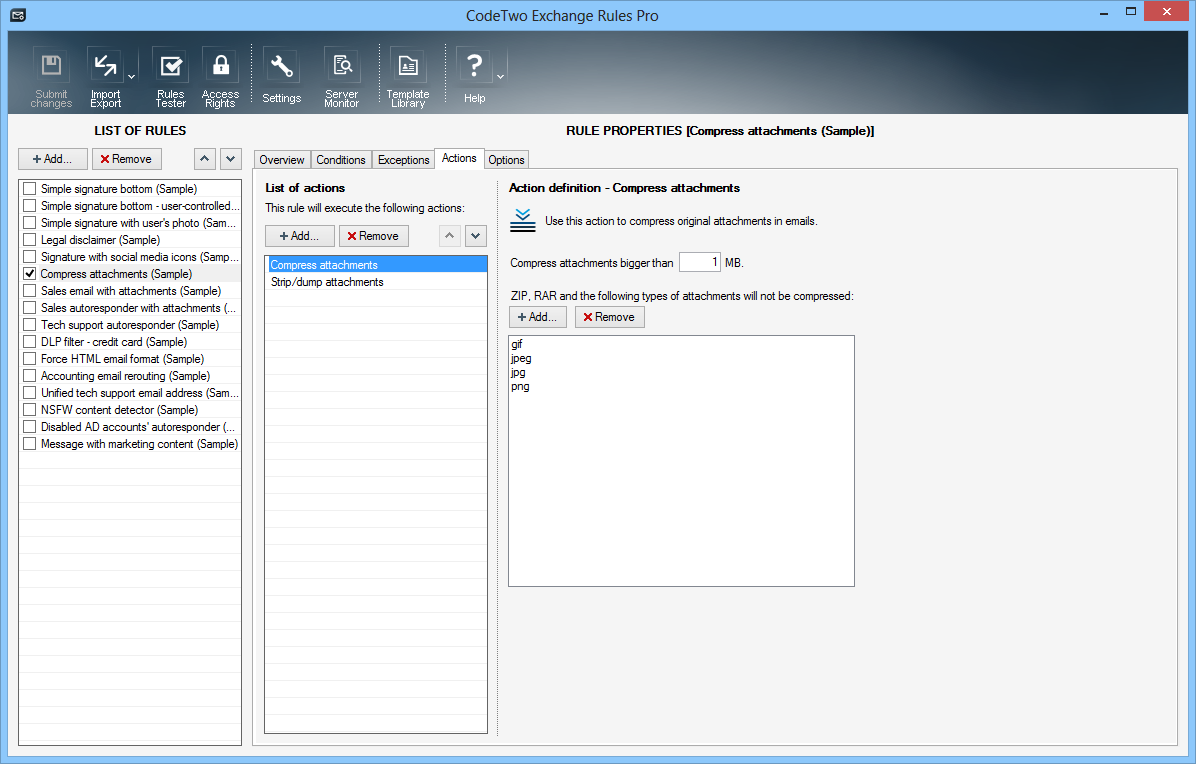

Video compression is an essential part of many digital video applications, such as DVRs, streaming video services, and Blu-ray discs. For example, humans are less sensitive to changes in color than they are to changes in brightness, so a video compression algorithm may choose to encode only the brightness information for each frame. Video compression can also take advantage of the human visual system to reduce the amount of data that needs to be stored or transmitted. For example, if two consecutive frames contain identical data, the second frame can be discarded without affecting the quality of the video. In general, video compression works by removing redundant data from the video signal. Some common video compression formats include MPEG, H.264, and VC-1. There are many different types of video compression, each with its trade-offs in terms of quality and efficiency. By reducing the file size, video compression makes it possible to store more video on a given storage device or to transmit video over a limited bandwidth network. Video compression is a technology that is used to reduce the size of digital video files. What’s the difference between video compression and transcoding?.How can I compress a video for Instagram?.How can I compress a video for YouTube?.My video is still too large after compression.
#Compress video for email pro#

How do I compress a video using VLC Media Player?.What are some common video compression tools?.How do I choose the right video compression settings?.How can I avoid common video compression mistakes?.What are the consequences of poor video compression?.How can I make sure my video is properly compressed?.What are some common video file formats?.What are the different types of video compression?.


 0 kommentar(er)
0 kommentar(er)
